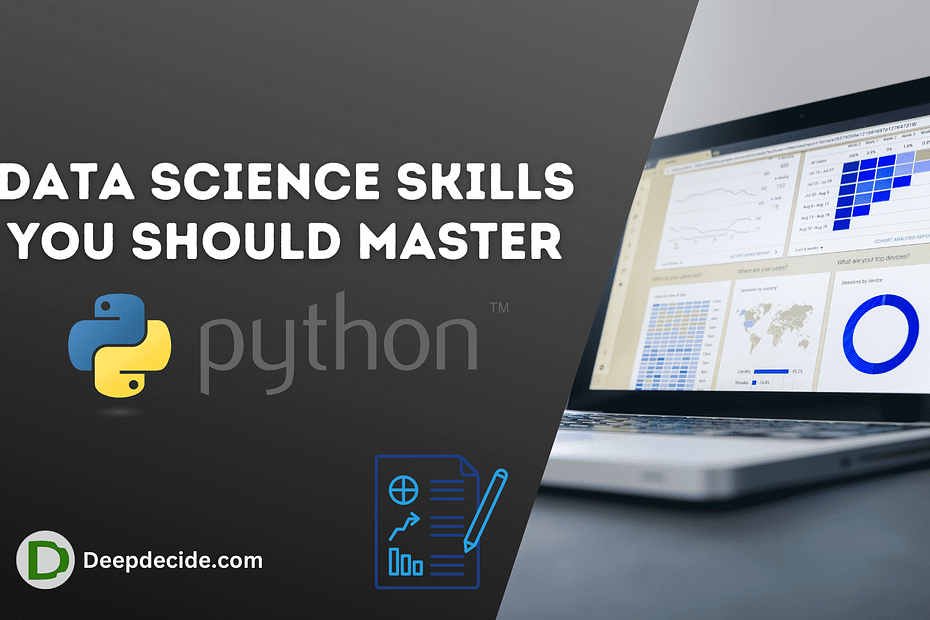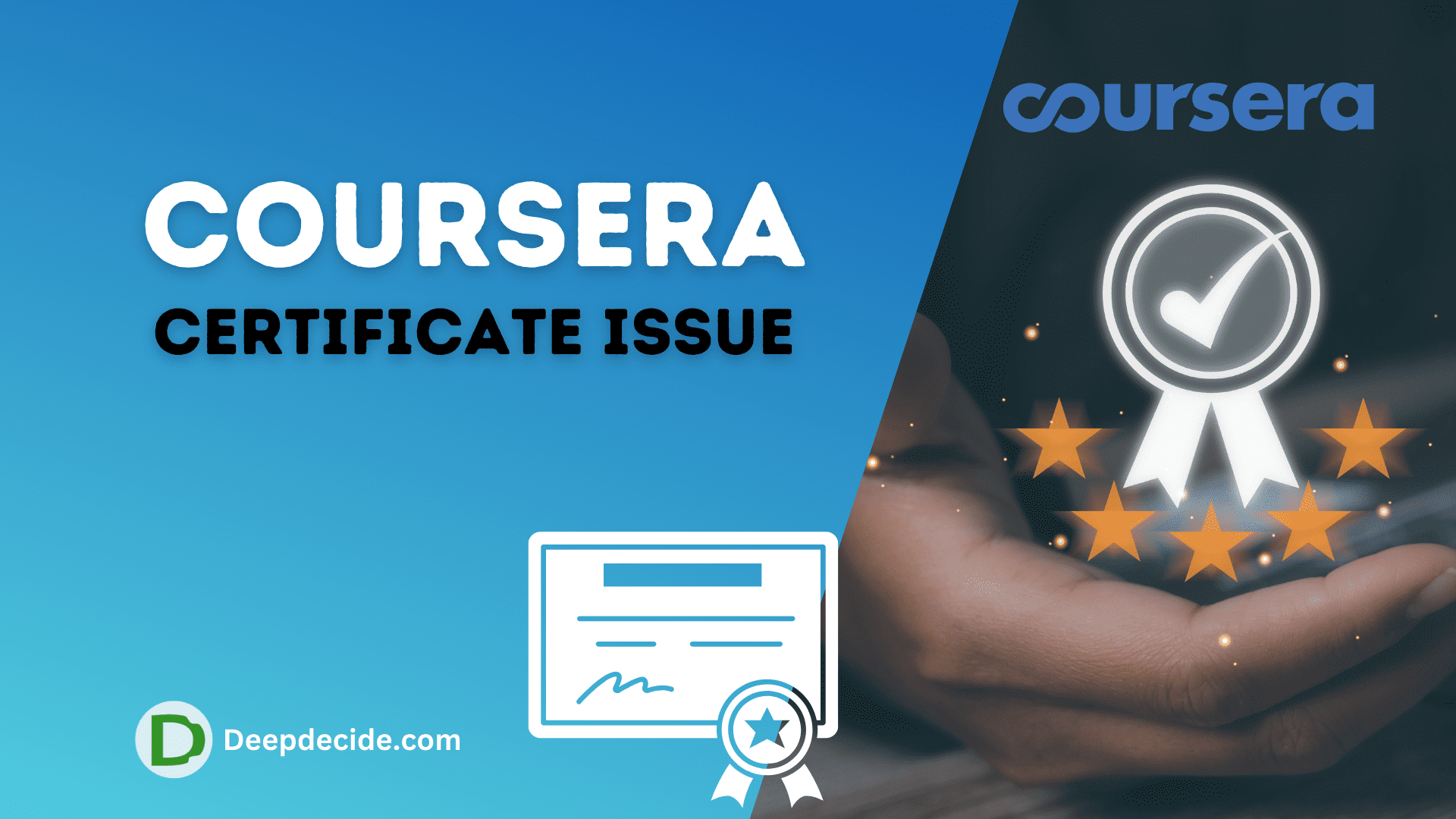Last Updated on: 12th February 2024, 09:01 am
Python, a versatile and potent programming language, has solidified its role as an indispensable tool in the data scientist’s toolkit.
Renowned for its simplicity and readability, Python effortlessly navigates the spectrum of data-related tasks, from basic operations to cutting-edge artificial intelligence and machine learning.
Whether you’re embarking on a data science journey or aiming to enhance your skills, this guide promises to equip you with the knowledge and tools needed to harness Python’s full potential for your data-driven projects. Let’s dive into the essentials that underpin the world of data science.
Python Foundations
Understanding Python’s Syntax:
Python’s elegance lies in its syntax. Aspiring data scientists need to grasp its basics, encompassing proper indentation, variable assignment, and control structures like loops and conditionals.
Data Types:
An exploration of Python’s various data types, from integers and floats to strings, lists, and dictionaries, is crucial. Proficiency in handling and manipulating diverse data sets is the key takeaway.
Basic Operations:
The efficiency in performing fundamental operations such as arithmetic, string manipulation, and logical operations is paramount. These operations form the backbone of data cleaning and preprocessing tasks.
Data Manipulation & Analysis
Proficiency in Pandas:
Delve into the capabilities of Pandas, Python’s go-to library for data manipulation. Understand how Pandas streamlines tasks like loading data from multiple sources, including CSV files and databases, for efficient data handling.
Data Cleaning:
Explore Python’s prowess, in tandem with Pandas, for powerful data cleaning. Uncover techniques for handling missing values, removing duplicates, and managing outliers, streamlining critical data cleaning processes.
Data Transformation:
Unlock Python’s potential for data transformation tasks, from feature engineering to data normalization and scaling. These skills enhance model performance and ensure data suitability for various modeling techniques.
Exploratory Data Analysis (EDA):
Harness Python, Matplotlib, and Seaborn for Exploratory Data Analysis (EDA). Learn to employ statistical and visual techniques to unveil data patterns, relationships, and outliers, forming the foundation for informed modeling.
Data Visualization
Matplotlib and Seaborn:
Mastery of Matplotlib’s customization options and Seaborn’s aesthetic enhancements allows data scientists to craft visually compelling charts. Discover the art of adjusting colors, labels, and other visual elements for impactful storytelling through data visualization.
Creating Compelling Charts:
Empower yourself with Python, Matplotlib, and Seaborn to develop diverse charts – from scatter plots to heat maps. These visuals serve as powerful tools for presenting insights, trends, and patterns in a digestible manner.
Conveying Complex Insights:
Explore Python’s prowess in translating complex insights into intuitive charts. Learn how these visuals facilitate effective communication with non-technical stakeholders, fostering better decision-making processes.
Data Storage and Retrieval
Diverse Data Storage Systems:
Understand Python’s compatibility with various data storage systems, including relational databases like MySQL and PostgreSQL, NoSQL databases like MongoDB, and flat files such as CSV and JSON.
Data Retrieval:
Delve into the synergy of Python and SQL for retrieving data from relational databases. Uncover how Python simplifies data retrieval through database connectors and Object-Relational Mapping (ORM) tools.
Data Integration:
Explore Python’s role in Extract, Transform, Load (ETL) processes, leveraging tools like Apache Airflow and libraries like Pandas for seamless data integration. Understand how these processes unify data from diverse sources into a consistent format.
AI and Machine Learning
Machine Learning Libraries:
Discover the foundational role of Python’s scikit-learn library in machine learning. Gain insights into utilizing scikit-learn’s algorithms for classification, regression, clustering, and more, making efficient predictive modeling a reality.
Deep Learning Frameworks:
Embark on the realm of deep learning with Python, TensorFlow, and PyTorch. Uncover the flexibility of Python in building and training neural networks for tasks like image recognition and natural language processing.
Predictive Models:
Explore Python’s contribution to creating recommendation systems and identifying fraudulent activities through machine learning. Understand its role in predicting future demand, critical for supply chain management and inventory optimization.
Programming
Python Basics:
Grasp Python’s fundamental skills, from handling variables and data types to loops and conditionals. Understand how these basics form the foundation for loading, cleaning, and preparing data for analysis.
Advanced Concepts:
Delve into advanced Python concepts, including Object-Oriented Programming (OOP). Uncover how OOP enables the creation of reusable and modular code, essential for managing complex data science projects.
Efficient and Maintainable Code:
Explore Python’s efficiency in handling large datasets and complex computations. Understand the importance of well-structured and maintainable code in collaborative data science projects.
Front End Technology
Data Processing and Analysis:
Discover Python’s indirect but crucial role in front-end technologies, aiding data scientists in processing and analyzing large datasets for visualization.
Machine Learning Models:
Uncover Python’s contribution to building and training machine learning models that drive front-end features like recommendations and personalization.
API Development:
Explore Python’s role in creating APIs for front-end applications, providing real-time data and predictions.
Statistics
Data Analysis Foundation:
Understand Python’s versatile environment for data analysis, leveraging libraries like Pandas. Gain insights into summarizing, cleaning, and interpreting complex datasets.
Hypothesis Testing:
Explore Python’s capabilities in hypothesis testing using libraries like SciPy and statsmodels. Witness how it aids in data-driven decision-making, crucial for A/B testing and clinical trials.
Data Distributions:
Uncover Python’s prowess in working with various data distributions, offering insights into data characteristics for predictions and inferences.
Statistical Libraries:
Master the statistical functions and operations offered by Python’s NumPy and SciPy, essential for statisticians and data scientists.
NoSQL Databases
Unstructured Data Management:
Explore Python’s flexibility in managing unstructured data, especially in NoSQL databases like MongoDB and Cassandra.
Scalability and Flexibility:
Understand Python’s role in handling scalable data interactions with NoSQL databases through well-maintained drivers and libraries.
Schema-less Design:
Delve into Python’s alignment with schema-less NoSQL databases, allowing for dynamic data insertion without predefined schema constraints.
Pandas
Pandas as a Foundation:
Grasp the central role of Python in Pandas, a data manipulation and analysis powerhouse. Understand how Pandas data structures enhance data cleaning, transformation, and exploration.
Time Series Analysis:
Discover Python’s specialized time series analysis tools within Pandas, vital for handling time-dependent data in finance and the Internet of Things (IoT) domains.
Conclusion
Python’s simplicity, readability, and expansive ecosystem of libraries make it an indispensable asset in the dynamic data science field. Whether you are a seasoned data scientist or just beginning your journey, Python skills are the compass guiding you through the ever-evolving landscape of data science.
With these skills, you are well-prepared to transform raw data into actionable insights and drive innovation in our data-driven world. Embrace Python’s power and embark on your journey to unlock the endless possibilities of data into actionable insights and drive innovation in our data-driven world.
Embrace Python’s power and embark on your journey to unlock the endless possibilities of data science.



